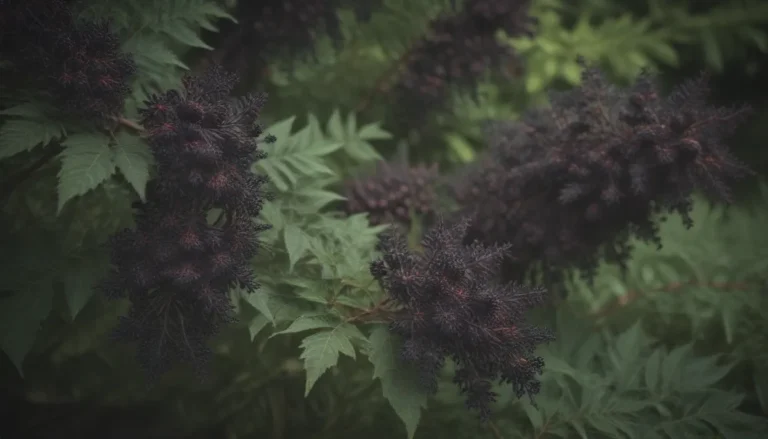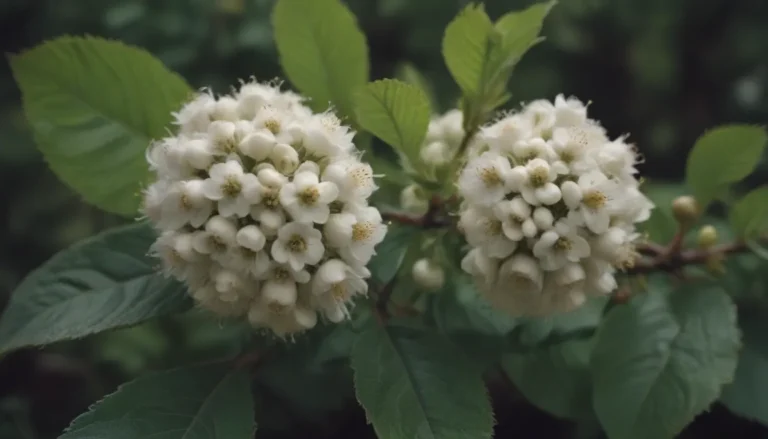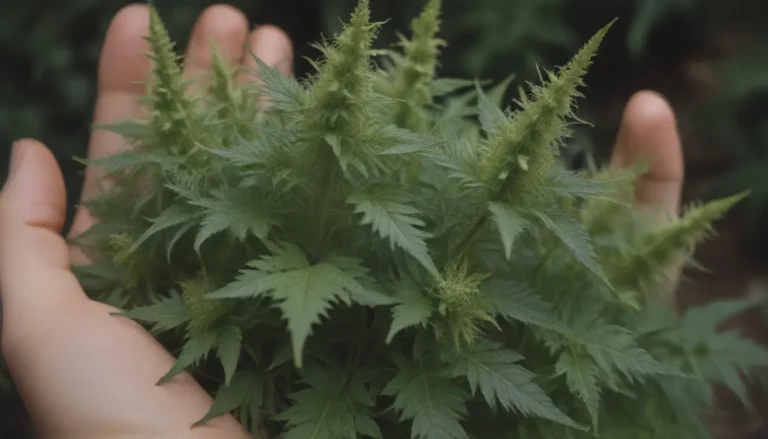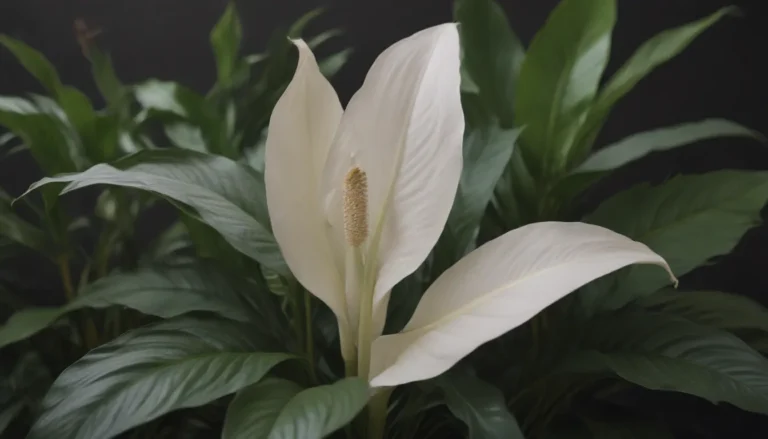How to Ensure Your Azaleas Are Blooming Beautifully
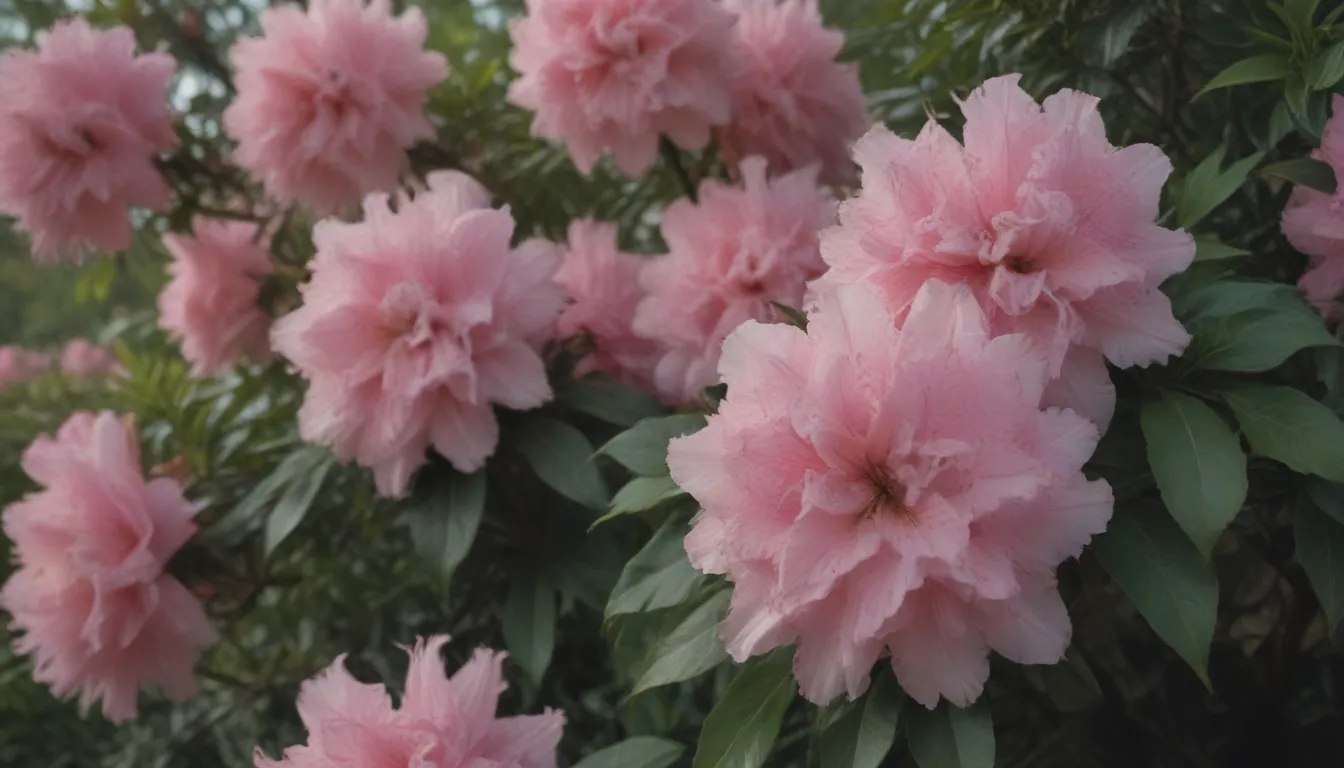
If you’re struggling with your azaleas not blooming as they should, fear not! This common issue can be easily remedied with a few simple solutions. We’ll delve into some of the main reasons why your azalea bush might be refusing to bloom, as well as how you can address these issues to get your shrubs flowering again in no time.
Common Culprits for Azaleas Not Blooming
Even if you have a variety of azalea known for its abundant blooms, such as the popular Encore Azalea, you may encounter a period where your plant just isn’t producing flowers. This can usually be attributed to one of the following reasons:
1. Location
Azaleas thrive in areas with a balanced amount of sun and shade. Too much sun can lead to infestations or scorched plants, while excessive shade will result in lush greenery but no flowers. Assess the locations in your yard to find the ideal spot for your azaleas to bloom, then ensure they are moved there accordingly.
2. Watering
Maintaining the right balance of water is crucial for azaleas. They don’t like to dry out, but they also dislike being waterlogged. Use mulch to help retain moisture and protect the roots from heat, ensuring the mulch layer is no more than two to three inches deep.
Signs of Overwatering:
- Yellow leaves with brown tips
- Rotted roots
- Swollen, wilted leaves
3. Fertilizer
High levels of nitrogen in fertilizer can hinder blooming while promoting foliage growth. Opt for a balanced fertilizer like Holly-tone, which contains only four percent nitrogen, to support healthy azalea growth.
4. Pruning
If you pruned your azaleas too late last year, you may have inadvertently removed flower buds. Pruning should be done just after the current blooms fade, as the next year’s blooms develop on the prior year’s buds.
5. Pest Damage
Deer are common pests that may feast on your azalea flower buds. Erecting deer fencing can help protect your flowering shrubs in areas prone to deer damage.
6. Weather
Previous year’s weather conditions can impact this year’s blooming. Consider wrapping your azaleas in burlap and grouping them for winter care to insulate them from the cold. Mulching can also help regulate soil temperature and conserve moisture, protecting azaleas from extreme heat.
7. Soil pH
Azaleas thrive in acidic soil, so planting them in non-acidic soil can hinder blooming. Use a soil test kit to check the pH levels and adjust accordingly by adding sulfur, coffee grounds, or compost to increase acidity.
Azaleas typically bloom from late March to mid-May and can continue flowering throughout the summer with proper care. Keep them consistently moist, aiming for about an inch of water per week, to encourage continuous blooming. Prune your azaleas towards the end of their bloom cycle, between late winter and early spring, to promote healthy growth.
By addressing these seven common reasons for azaleas failing to bloom, you can ensure that your shrubs are flourishing beautifully in your garden. Remember to provide the right conditions, water, and care for your azaleas to enjoy a bountiful display of colorful blooms all season long.
Source: University of Georgia Agriculture Extension
